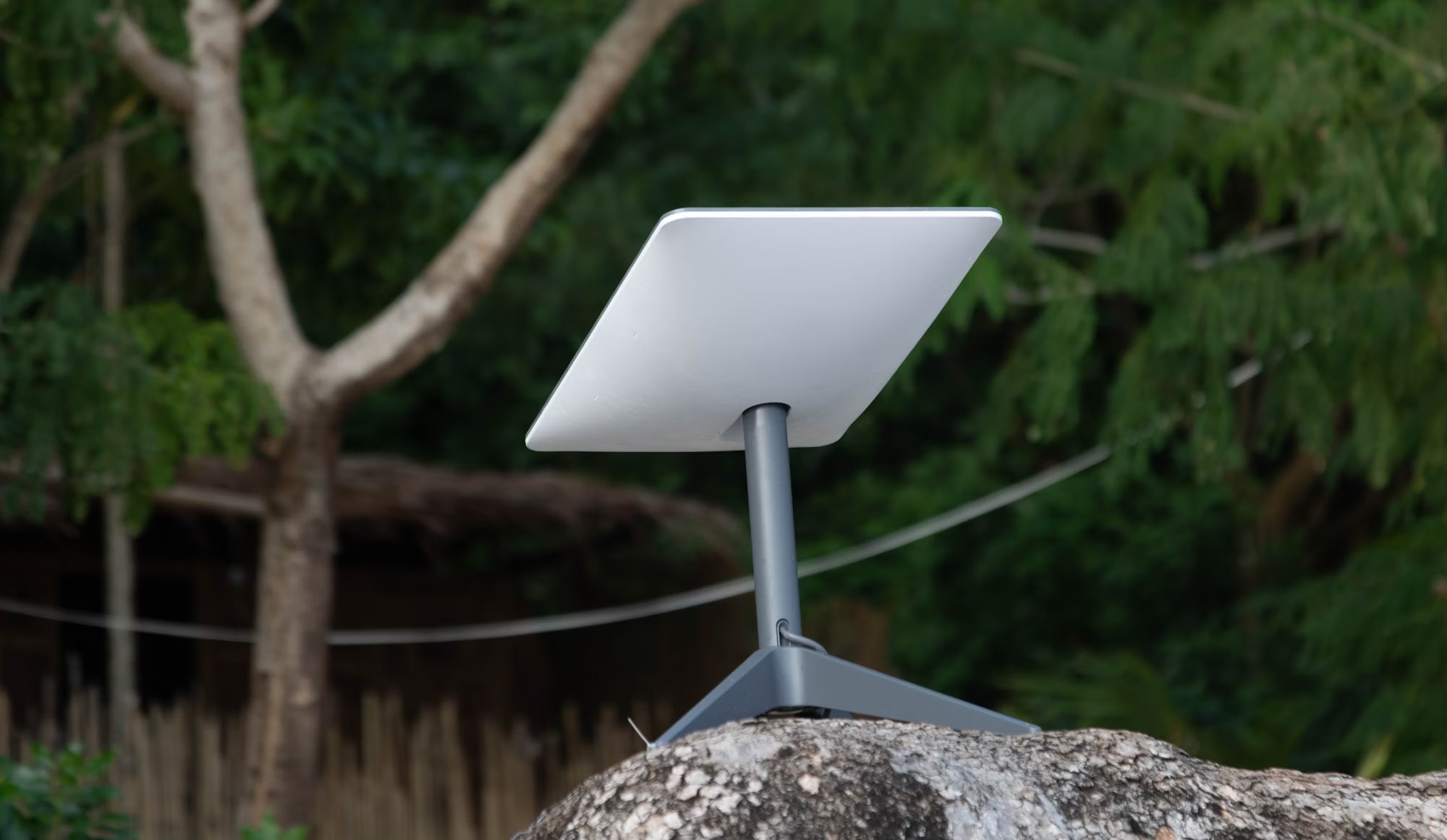
SpaceX has filed a request with the FCC to launch as many as 15,000 next-generation satellites to upgrade its cellular Starlink service for phones. The new constellation will harness the radio spectrum that SpaceX is acquiring from Boost Mobile’s parent company, EchoStar, in a $17 billion deal. The company stated in its filing that “this new system of up to 15,000 satellites will provide ubiquitous connectivity to ordinary mobile handsets and a range of other devices and user terminals.”
This new system will expand upon the current “direct-to-cell” Starlink network, which already spans over 650 satellites that can provide connectivity to phones in cellular dead zones. The current system supports text messaging and even video calls over WhatsApp. With the EchoStar spectrum, SpaceX says it can deliver a 20-fold increase in throughput, offering performance that is comparable to 4G LTE. The new satellites would orbit at an even lower altitude than the current ones, from 326 kilometers to 335 kilometers, which would help reduce latency when connecting to phones below.
The Hybrid Satellite and Terrestrial Network
The satellites will harness the EchoStar spectrum and partner T-Mobile’s radio bands for U.S. operations. The FCC filing also alludes to SpaceX using both satellites and ground-based equipment to offer cell coverage, hinting at a hybrid network. According to the document, “SpaceX may deploy ground-based systems in the US, creating a hybrid satellite/terrestrial network to expand the coverage and capacity of these services.”
Satellite industry analyst Tim Farrar suggests that this terrestrial network may be a long-term goal. The documents mention “employing terrestrial base stations to enhance capacity where needed,” and Farrar notes that a secondary objective could be to monetize some of the spectrum for terrestrial use by leasing it to mobile network operators in urban areas.
The timeline for the new cellular Starlink service has several hurdles. SpaceX President Gwynne Shotwell recently said the company has started working on bringing the needed chipsets to the latest phones, but SpaceX CEO Elon Musk has previously stated that this would take at least two years. The new proposal for the 15,000 satellite system itself will also take time to gain FCC approval. This latest filing arrives a year after SpaceX made a request to operate up to 29,988 satellites for its home broadband-focused Starlink service.
Author’s Opinion
This new filing is a bold and aggressive move by SpaceX to disrupt the traditional telecommunications industry. By combining a massive satellite constellation with a potential terrestrial network, SpaceX is positioning itself not just as a broadband provider, but as a direct competitor to mobile carriers. This vertical integration of space and ground technology, enabled by the EchoStar acquisition, could fundamentally change how and where people get cell service, especially in underserved areas. It’s a high-stakes strategy that presents significant regulatory and technical challenges, but if successful, it could make SpaceX a dominant force in global communications, blurring the lines between a space company and a major telecom provider.
Featured image credit: Bernd Dittrich via Unsplash
For more stories like it, click the +Follow button at the top of this page to follow us.
